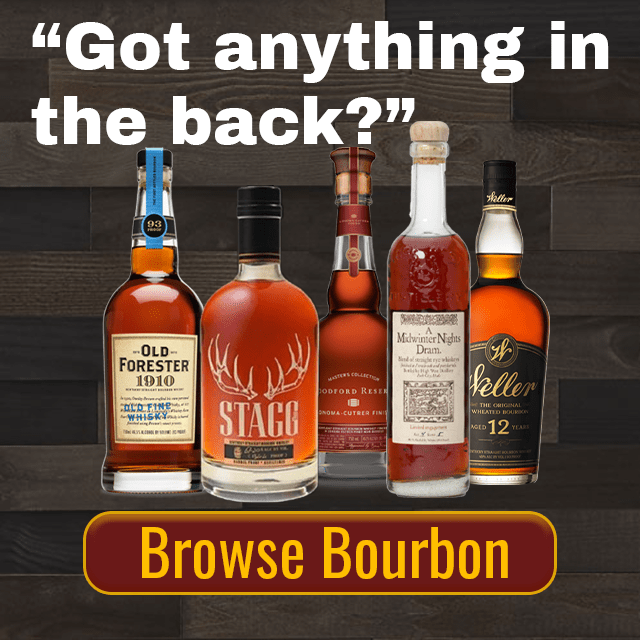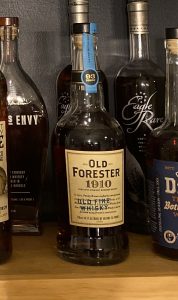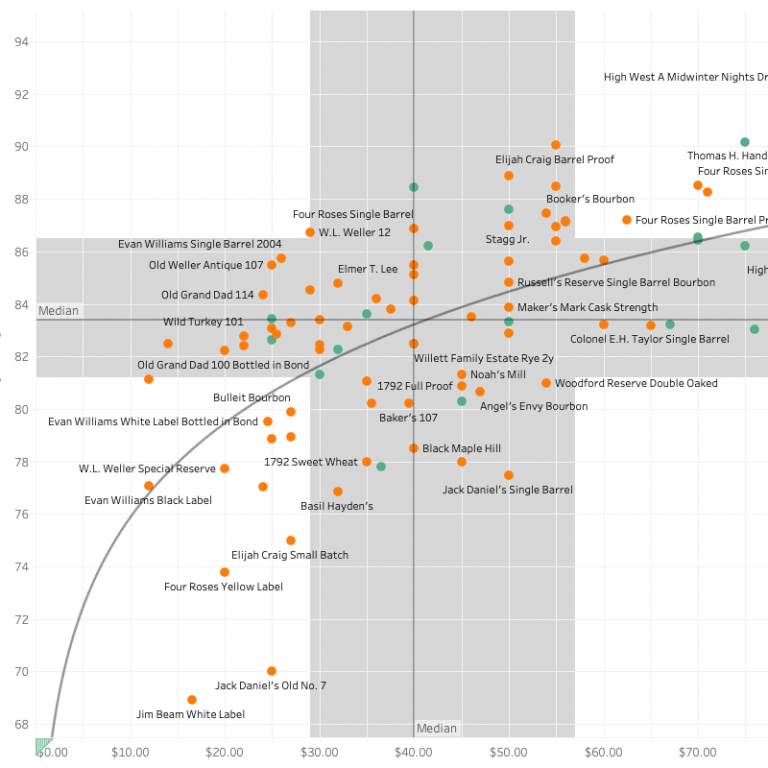Anyone in the bourbon game these days knows the name “Weller” very well. Historically, though, “Weller” was not always a lone word. So what is Stitzel-Weller? Is it still around? What brands are considered Stitzel-Weller, if any? Is Pappy Stitzel-Weller?
A Brief History of Stitzel-Weller Bourbon
Pre-Prohibition and Prohibition Eras
Back in the very early 1900s, a few “bigger” distilleries were operating freely and openly, and business was pretty good. WL Weller was operating at the time as a distributor, not a distiller. They had a great relationship with the A. Ph. Stitzel Distillery, distributing their goods.
During prohibition, post- Eighteenth Amendment, these two businesses were able to save face, continuing to do business under a medicinal license. This meant that they were probably selling their whiskey to politicians and rich folks who had found (or created) loopholes in the prohibition system.
Post-Prohibition
After prohibition was repealed in 1933 with the Twenty-First Amendment, new opportunities became available, and money was starting to flow in for new investments. Julian “Pappy” Van Winkle, who had by now purchased WL Weller (where he started as a salesman), joined forces with Alex T. Farnsley and Arthur Phillip Stitzel to create a new super-company, Stitzel-Weller Distilling Company. The first major endeavor was the construction of a new distillery, which was actually known as Old Fitzgerald Distillery.
Two of the partners, Farnsley and Stitzel, both passed aways in the 1940s, and “Pappy” Van Winkle became the sole owner of the Weller-Stizel Distilling Company and its holdings. Pappy ran the company well for a while, and it continued to operate successfully for several years even after being passed to his son, Julian Winkle, Jr. Unfortunately, the 70s were hard on the Whiskey industry, and parts of the company were sold and piecemealed off to other distilleries over the next couple of decades. Julian was able to continue buying some of his father’s stock, but the Stitzel-Weller brand began to fizzle.
Stitzel-Weller Distillery closed in 1992.
Stitzel-Weller Brands
Many of the whiskeys one distilled by Stitzel-Weller (SW) are still around. They aren’t all under the same umbrella anymore, but you’ve probably heard of many of them. It’s actually kind of interesting to see how influential Stitzel-Weller was, and their footprint exists across the industry in whiskeys now produced by some big hitters.
Old Fitzgerald
As previously mentioned, Old Fitzgerald was one of the main brands that Stizel-Weller acquired early on, and one of their flagship products. The Stitzel-Weller Distillery that was sold in 1972 to Norton-Simon officially became Old Fitzgerald Distillery at this point. The brand has gone through several acquisitions since then, and is now part of the United Distillers group.

W.L. Weller
Sitzel-Weller Distillery also produced W.L. Weller whiskey back in it’s prime. The brand was sold to Ancient Age during the 1972 transition period, and later passed on again to Buffalo Trace Distillery where it’s grow new life and fame amongst the bourbon community.
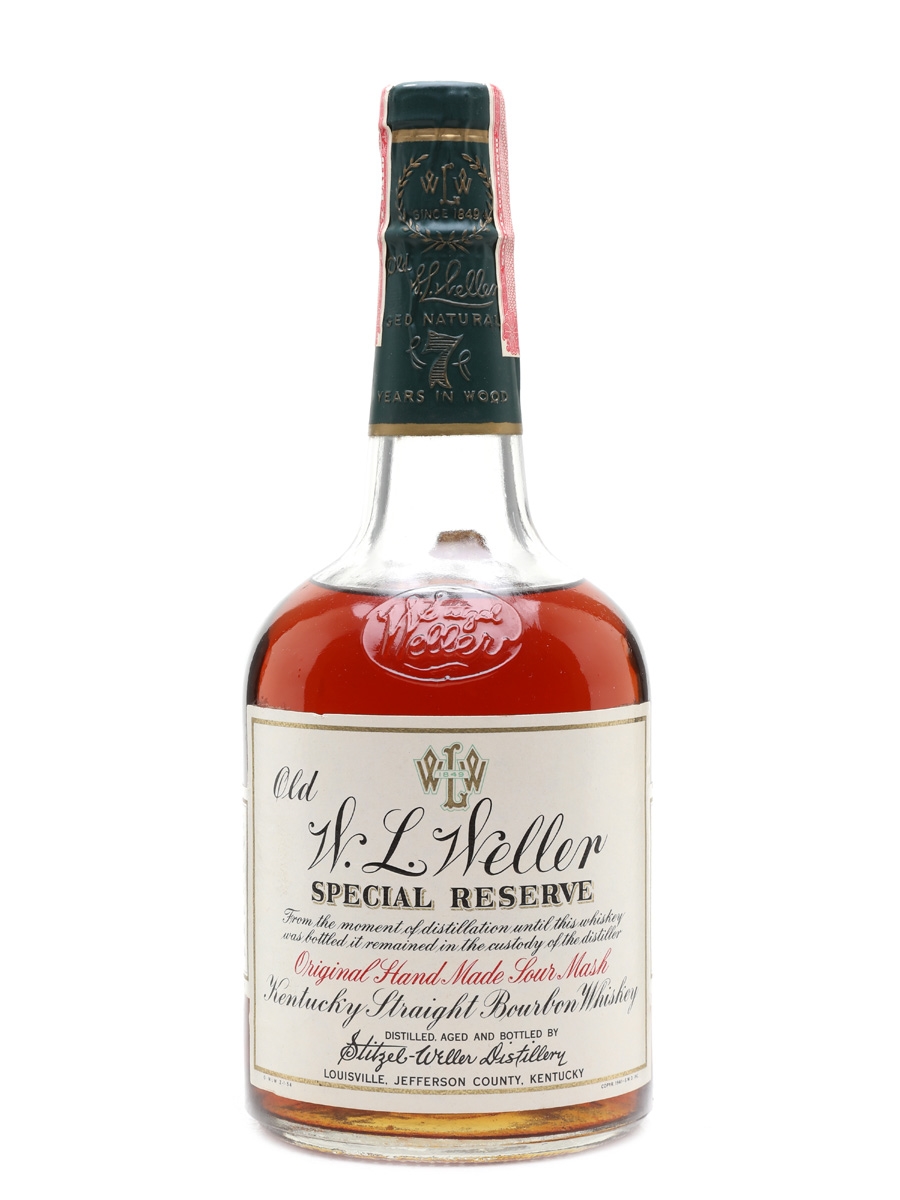
Pappy Van Winkle
Pappy Van Winkle was also a solid brand back in the Stitzel-Weller days. It also now rests with Buffalo Trace Distillery, which makes sense given the similarities in mash bill to the Weller lineup of wheated bourbon. Stitzel Weller Pappy is one of the more sought after dusties in the bourbon collecting hobby.
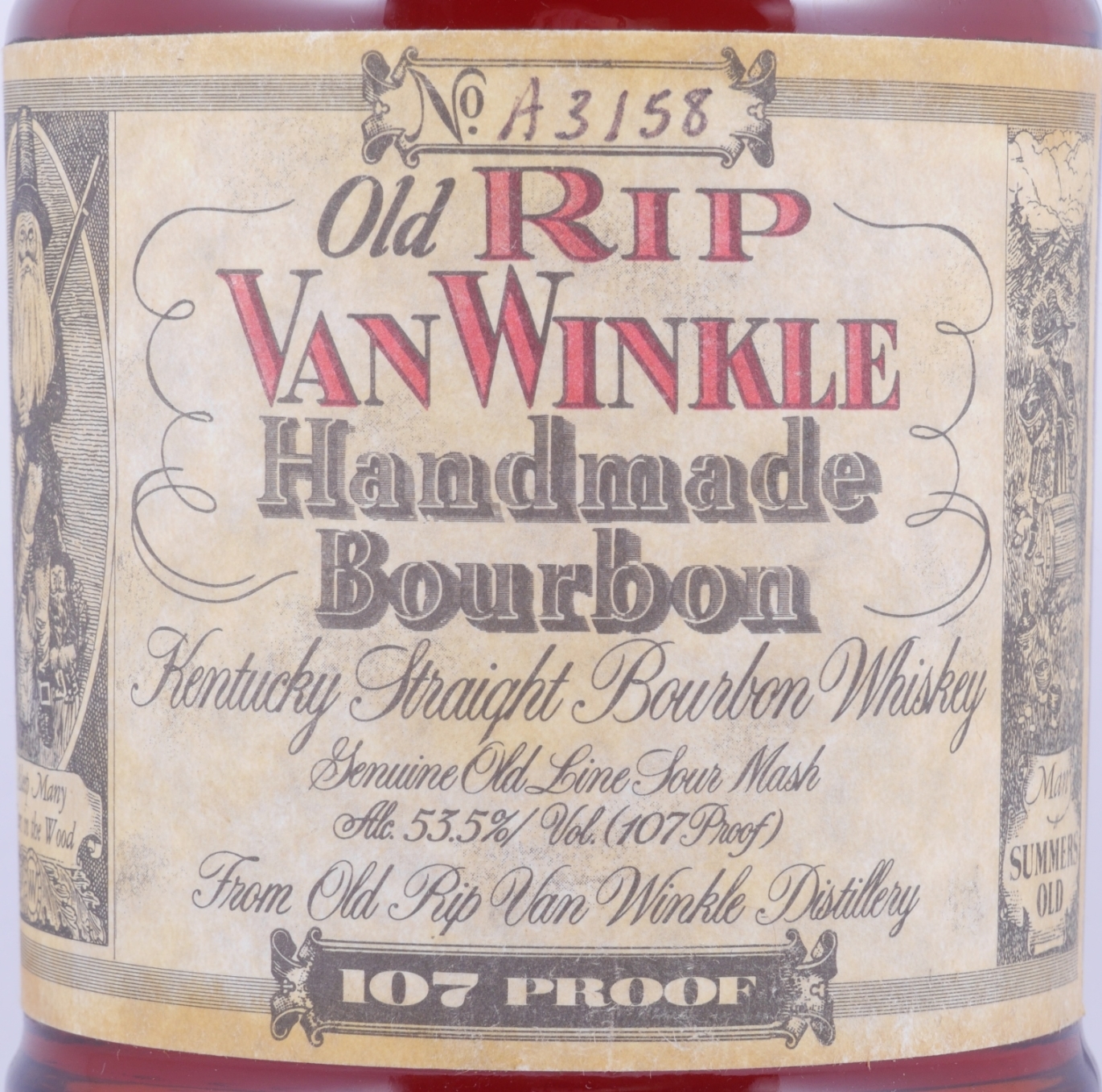
Rebel Yell
Another popular, though lesser brand, from Stitzel-Weller is Rebel Yell. The Rebel Yell brand was purchased by The David Sherman Corporation. Under the new ownership, the brand had gained in status and popularity, especially in recent years during the bourbon boom.

Cabin Still Bourbon
Of all the old Stitzel-Weller whiskey brands, you may be least familiar with Cabin Still Bourbon. This is a bottom shelf bourbon that costs around $10 for a fifth. It’s still distilled in Bardstown, by current owner Heaven Hill distillery.

How To Identify Antique Stitzel-Weller Dusties
In whiskey and bourbon collecting, antique bottles are often referred to as “Dusties” and can be hit-or-miss in quality. Most people aren’t collecting these dusties to drink, though (like how some people collect stamps, and don’t intend to use them on letters).
Whatever reason you’re interested in collecting old Stitzel-Weller bourbon bottles for, it may not always be 100% clear what kind of bottle you have. Here are some tips for identifying these old dusty bottles if you come across them. No single identifier is a guarantee, but the more check-boxes you hit, the more likely you are to have something special.
- Does it say Stitzel-Weller on the label?
The most obvious way to identify a qualifying SW bottle is if the label says it is. But be careful, some old barrels may have escaped and only been blended in. Read the label fully and check with the bottler (if they’re still around) to know what you really have. - Check the bottling date.
The date on a bottle of whiskey can tell you a lot about where it came from. There are potentially two main date identifiers. First, if your bottle is from before 1985, it should have a tax strip across the cork/top. This will definitely have a date one it… but if it’s from one of the aforementioned brands, then you may have a Stitzel-Weller in yours hands. If there isn’t a tax strip, then check the bottom of the bottle for a serial number or date code. You likely have Stitzel-Weller Bourbon if the whiskey was distilled before 1992. - Look for a distiller code.
For decades, distilleries have been given DSP codes for taxation/permitting purposes. A real Stitzel-Weller dusty would likely be attributed to DSP-KY-16. This code was unique to the distillery, so the bottle or label will likely be marked as such.
What other identifiers of Stitzel-Weller dusty bottles have you heard of? Let us know in the comments. If we can corroborate, we’ll update this article.
Stitzel-Weller Back-stock
When Julian Van Winkle left the company in 1992, he was able to take a lot of the existing SW stock with him. These followed him all the way to Buffalo Trace Distillery in 2002, and have supposedly been mixed into batches with other Buffalo Trace Weller stock. This back-stock of Stitzel-Weller bourbon was supposedly blended into bottles from the Pappy Van Winkle collection… as recently as 2015.
How do I know if my Pappy contains any Stitzel-Weeller?
The details around the presence of Stitzel-Weller back-stock in Van Winkle collection bourbons is ambiguous at best, and some reliable sources have contradicted themselves occasionally. What we do know is that the last juice was distilled in or before 1992, and came over to Buffalo Trace Distillery a decade later in 2002. Depending on the age of the Pappy you have and the year it was bottled, there’s a chance it could have some Stitzel-Weller in it.
You could try to use simple math and deduce the dates of Stitzel-Weller Van Winkle. For instance, a 10-year-old Lot B (not technically “Pappy”), would run out of stock by 2002. Pappy Van Winkle 23 year, on the other hand, may have SW in it as recently as 2015. Just add the age statement of your Pappy to 1992.
However, and this is a big “but”, there’s still some ambiguity around all of this. Some of the 1992 and earlier Pappy barrels may have had their bourbon moved to stainless steel containers to stop the aging process. Others may have been mixed into other whiskeys or expressions (W.L. Weller, maybe?).
How do I buy Stitzel-Weller bourbon?
Finding a bottle of Stitzel-Weller bourbon at a liquor store is a long shot these days. If this is a serious desire, your best bet is to join Bourbon and Whiskey groups for collectors. You may be able to find someone selling a bottle of Stitzel-Weller Pappy or Old Fitzgerald. Be prepared to spend a pretty penny, though. You can also go “dusty hunting” at yard sales, estate sales, and auctions. Not all states allow the private sell off whiskey this way, but you might find some family member selling off old “antiques” without understanding the real value.

